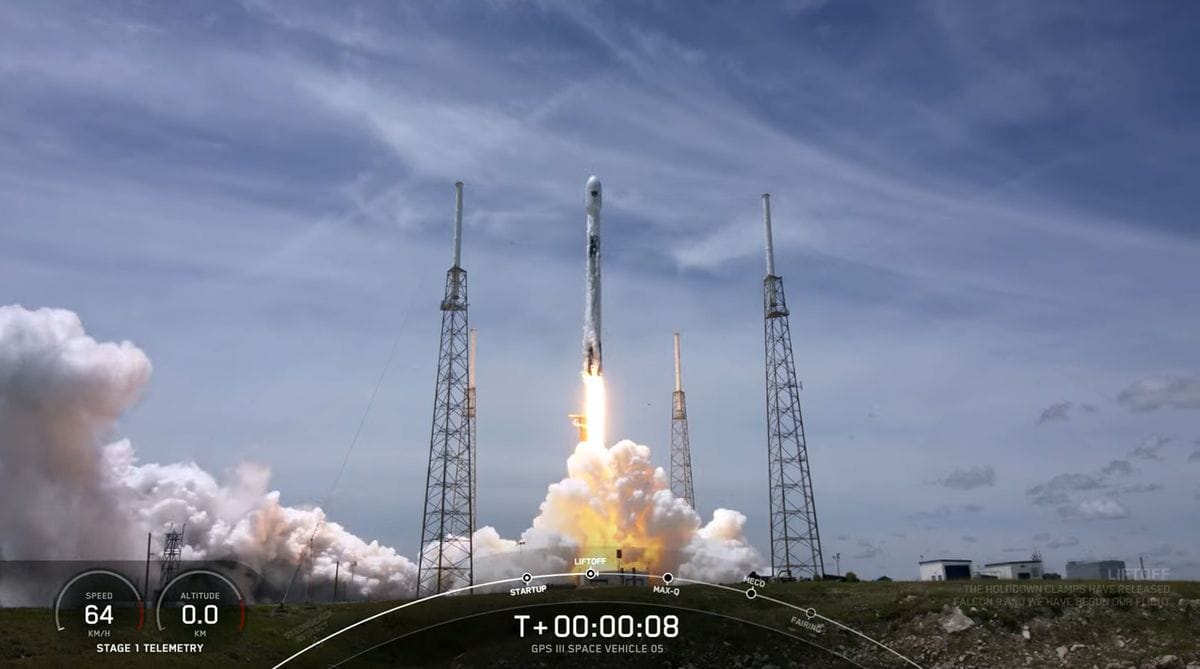Nvidia’s Deep Learning Super Sampling (DLSS) technology has been a game-changer in the realm of graphics rendering, particularly for gamers seeking high performance without sacrificing visual fidelity. With the introduction of DLSS 4, many enthusiasts and industry observers have raised questions and formed opinions based on incomplete or inaccurate information. This article seeks to debunk prevalent myths surrounding DLSS 4, providing a clearer understanding of its capabilities and limitations.
To begin with, it is essential to understand what DLSS is and how it operates. DLSS utilizes artificial intelligence and machine learning to upscale lower-resolution images to higher resolutions in real-time. This process allows games to run at lower native resolutions while still delivering high-quality visuals, thereby improving frame rates and overall performance. The technology relies on a neural network trained on a vast dataset of high-resolution images, enabling it to predict and generate the missing pixels in a way that closely resembles native rendering.
One of the most common misconceptions about DLSS 4 is that it is merely a simple upscaling technique. While upscaling is indeed a core function of DLSS, the technology goes beyond traditional methods by incorporating advanced AI algorithms. These algorithms analyze the image data and make intelligent decisions about how to fill in the gaps, resulting in a more visually appealing output. This distinction is crucial, as it highlights the sophistication of DLSS compared to conventional upscaling methods that often lead to artifacts and blurriness.
Another myth that has circulated is that DLSS 4 is only beneficial for high-end graphics cards. While it is true that DLSS performs optimally on Nvidia’s latest GPUs, such as the RTX 40 series, it is not exclusively limited to these models. DLSS can also enhance performance on older RTX cards, albeit with varying degrees of effectiveness. This means that a broader range of gamers can take advantage of the technology, even if they do not possess the latest hardware.
Furthermore, some users believe that enabling DLSS will always result in a significant performance boost. While DLSS can improve frame rates in many scenarios, the extent of the performance gain depends on several factors, including the specific game, the resolution being targeted, and the settings used. In some cases, particularly with less demanding titles or lower resolutions, the performance improvement may be minimal. It is essential for users to test DLSS in their specific gaming environments to determine its effectiveness.
Another prevalent myth is that DLSS 4 compromises image quality in favor of performance. While early iterations of DLSS faced criticism for producing images that lacked detail or exhibited artifacts, Nvidia has made substantial improvements with each version. DLSS 4, in particular, has been designed to minimize these issues, offering enhanced image quality that rivals native rendering in many instances. However, it is important to note that the perception of image quality can be subjective, and some users may still prefer native resolution rendering for certain titles.
Additionally, there is a belief that DLSS 4 is a one-size-fits-all solution that can be applied universally across all games. In reality, the effectiveness of DLSS can vary significantly from one title to another. Developers must implement DLSS support within their games, and the quality of that implementation can influence the results. As a result, gamers may experience different outcomes depending on the specific game and how well it has integrated DLSS technology.
Moreover, some users may think that DLSS 4 is a replacement for traditional anti-aliasing techniques. While DLSS can help reduce aliasing artifacts, it is not a direct substitute for anti-aliasing methods such as MSAA or FXAA. Instead, DLSS can complement these techniques, providing a more comprehensive approach to image quality. Users should consider their preferences and the specific requirements of each game when deciding on the best combination of settings.
Lastly, there is a misconception that DLSS 4 is only relevant for single-player games. In reality, DLSS can also benefit multiplayer titles, particularly those that demand high frame rates for competitive play. By allowing players to achieve smoother performance without sacrificing visual quality, DLSS can enhance the overall gaming experience across various genres.
In conclusion, Nvidia’s DLSS 4 technology represents a significant advancement in graphics rendering, but it is essential to approach it with a clear understanding of its capabilities and limitations. By debunking common myths and misconceptions, gamers can make informed decisions about how to utilize DLSS effectively in their gaming experiences. As the technology continues to evolve, it will be interesting to see how developers and users alike adapt to its potential, ultimately shaping the future of gaming graphics.



